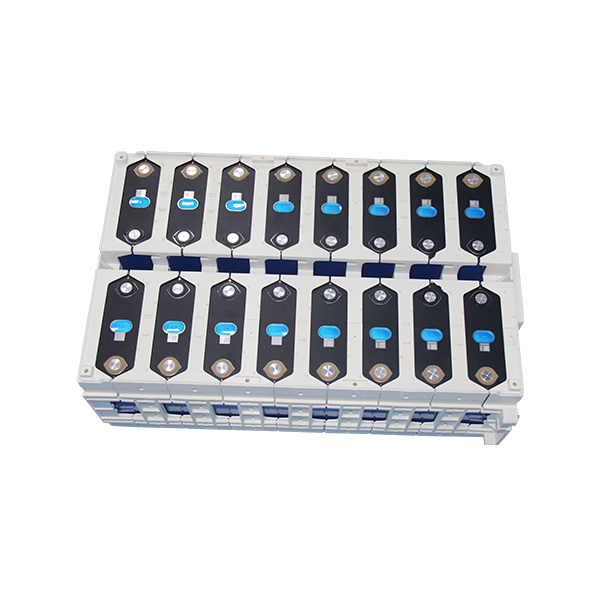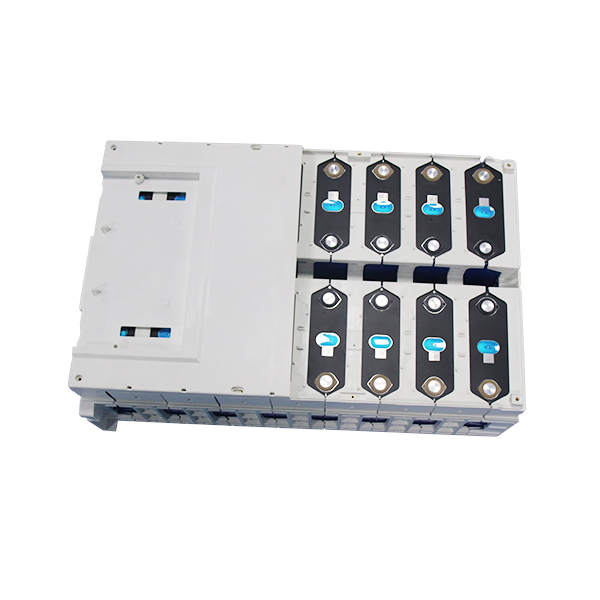The role of energy storage systems in microgrids
1. Improve the stability of distributed energy
Distributed energy sources such as solar energy, wind energy, biomass energy, and other renewable energy sources are generally influenced by external factors such as light, temperature, wind power, climate, etc. The generated electricity has the characteristics of randomness and instability. When the microgrid is disconnected from the grid and operates independently, the output power of distributed energy in the microgrid varies with changes in environmental factors, making it unable to provide stable output for the load. The energy storage system is applied in microgrids, and through the Energy Management System (EMS), distributed energy is coordinated with the energy storage system and the main power grid for control. It can stabilize the fluctuation and output of distributed energy, provide local utilization of distributed energy, and avoid transmission pressure and power loss caused by long-distance transmission to the main power grid.
In addition, the energy storage system can continuously provide partial power to the main load during night time or distributed energy maintenance periods, reducing power outage time.
2. Improving the power quality of user electricity consumption
When connecting the microgrid to the main grid and operating in parallel, the power quality of the microgrid must comply with relevant national standards, including power factor, voltage asymmetry, current harmonic distortion rate, voltage flicker, and other parameters that must reach corresponding values.
As mentioned in the first point above, in the absence of energy storage systems, microgrids are affected by their own energy characteristics and cannot guarantee power quality, especially voltage stability. The application of energy storage systems can play an important role in improving the power quality of microgrids. By controlling the PCS in the energy storage system, the system can regulate the active and reactive power output from the energy storage system to the microgrid while stabilizing the power output. At the same time, it can solve the problem of voltage sag/drop.
When facing problems such as voltage surges and drops in the main power grid, energy storage systems can provide fast power buffering, quickly absorb/supplement electrical energy, provide active and reactive power support, and stabilize voltage fluctuations. Energy storage systems can also provide partial harmonic control functions for microgrids.
3. Peak shaving
Energy storage systems in microgrids can store excess energy generated by distributed energy sources during low load periods, release energy during peak load periods, and regulate load demand. Energy storage systems, as energy buffering elements in microgrids, are essential in microgrid systems.
The energy storage system can reduce the capacity required for generator sets or transformers while meeting peak load electricity consumption.
-
1What is a distributed energy storage system

2024-07-09
-
2What is the difference between high-pressure energy storage systems and traditional energy storage systems?

2024-07-09
-
3Comparison of advantages and disadvantages of various energy storage systems

2024-07-09
-
4Composition of energy storage system

2024-07-09
-
5Analysis of the advantages and disadvantages of commonly used batteries in energy storage systems

2024-07-09
-
6The role of energy storage systems in microgrids

2024-07-09
-
7What aspects do battery energy storage systems include

2024-07-09
-
8Huzhou Energy Storage Integrated Machine Manufacturer: Energy Storage System Equipment Safety

2024-07-09





